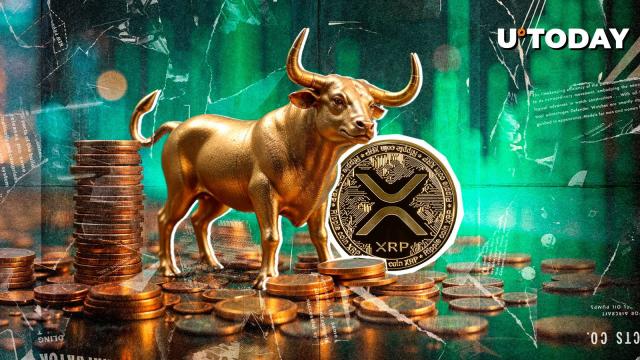
PANews reported on April 21 that QCP Capital, a Singapore-based crypto investment institution, stated that Bitcoin broke through $87,000 in the early Asian trading session, reversing the sell-off triggered by Trump's "Liberation Day" announcement. This rebound stands in stark contrast to the "Christmas rally" in December last year. Meanwhile, gold has also been boosted to new highs by trade tensions and a weakening US dollar. Against the backdrop of stock market declines and expanded April losses, the narrative of Bitcoin as a safe-haven or inflation hedge tool has gained renewed attention. If this trend continues, it may provide new momentum for institutional Bitcoin allocation.
Signs of returning institutional confidence are emerging, with Bitcoin ETF net inflows of $13.4 million last week, in contrast to the previous week's net outflow of $708 million. The options market positions are becoming more balanced, and the risk reversal indicator is stabilizing. The simultaneous rise of Bitcoin and gold raises the question: Is this merely holiday noise or a substantive sign of Bitcoin's transformation into a safe-haven asset? If it's the latter, it would signify a significant shift in traditional finance's view of Bitcoin. With Europe still on holiday, the market may need several days to confirm the trend, and the correlation between Bitcoin, gold, and stocks warrants close attention. Currently, the key resistance level of $88,800 is being closely monitored, and conclusions remain cautious until this level is breached.







